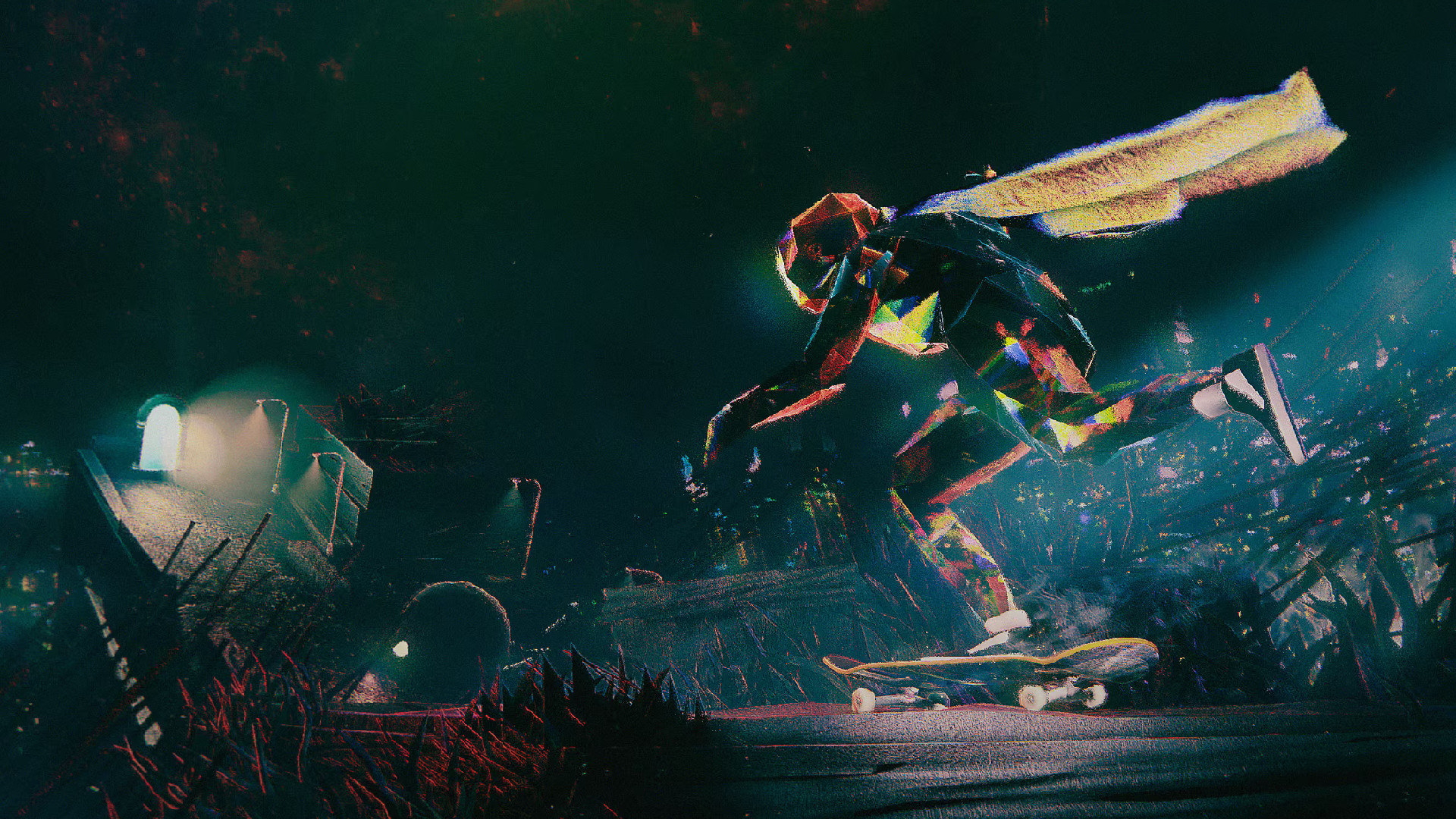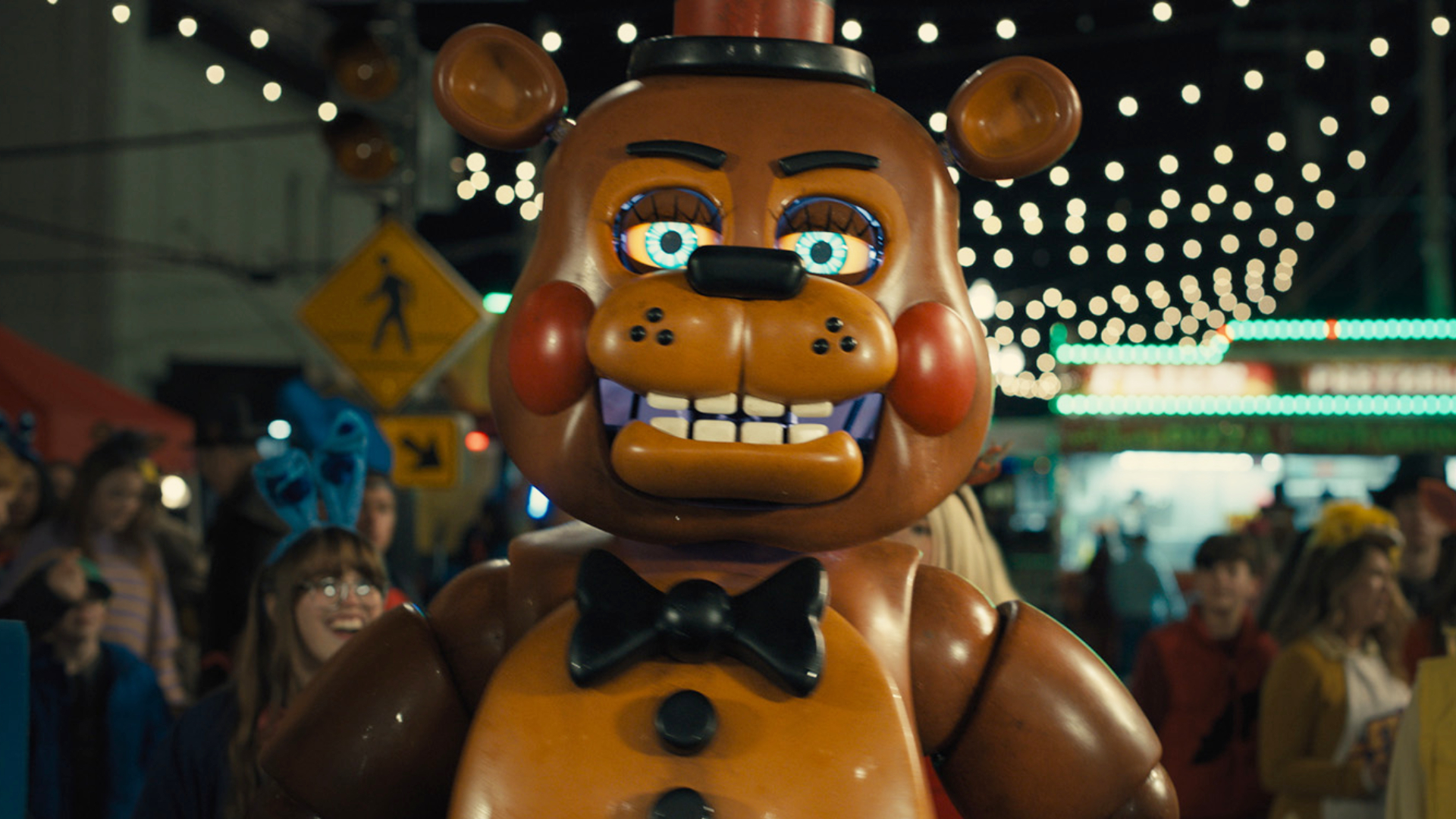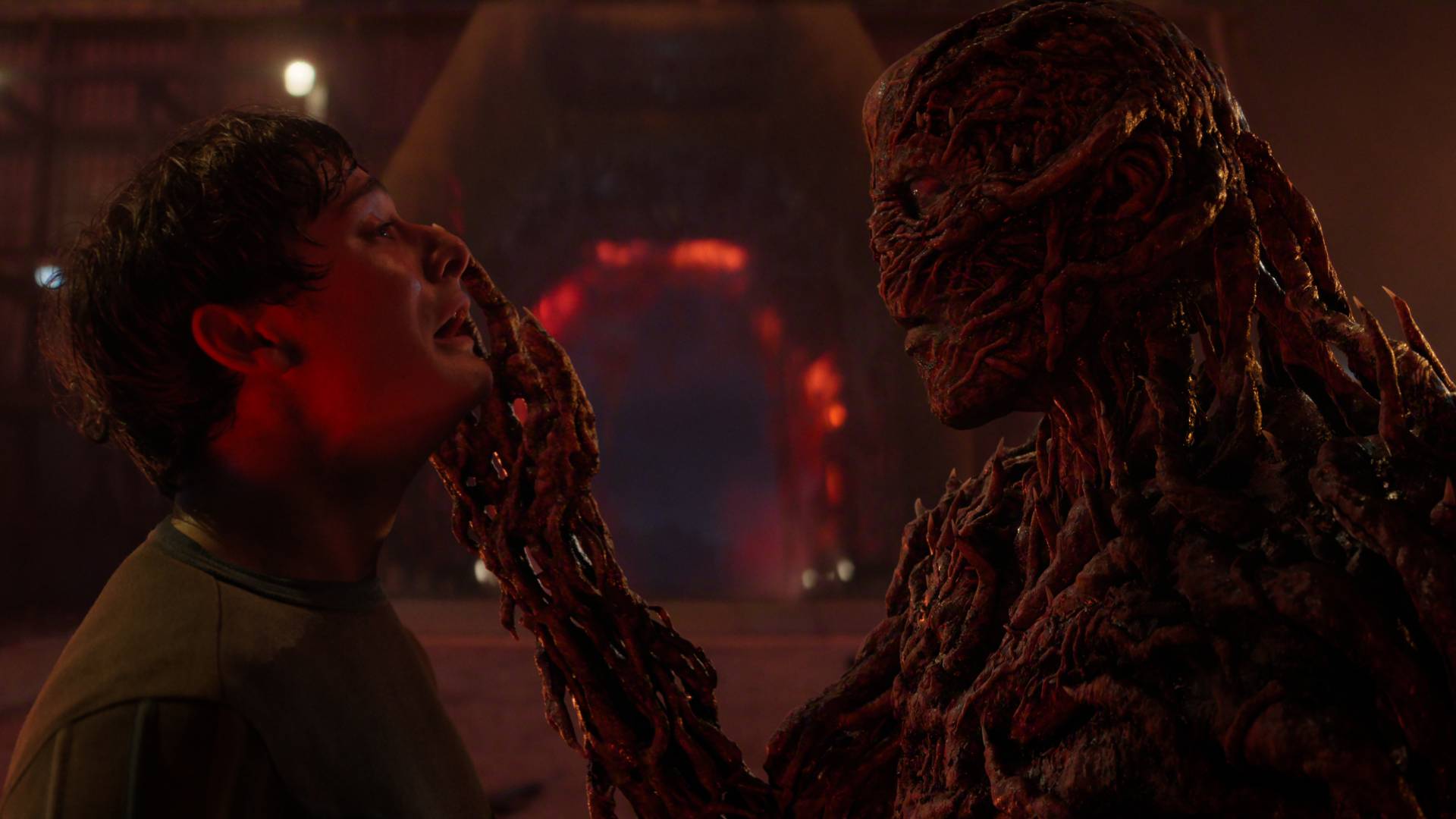The Outer Worlds 2's first area is all about nailing Obsidian's "hardcore RPG feel" – which you can trace back to New Vegas, Vampire The Masquerade: Bloodlines, and the first Fallout
On the Radar | Creative director Leonard Boyarsky and art director Daniel Alpert explain how the first Outer Worlds' unrealized vision laid the perfect foundations for Paradise Island
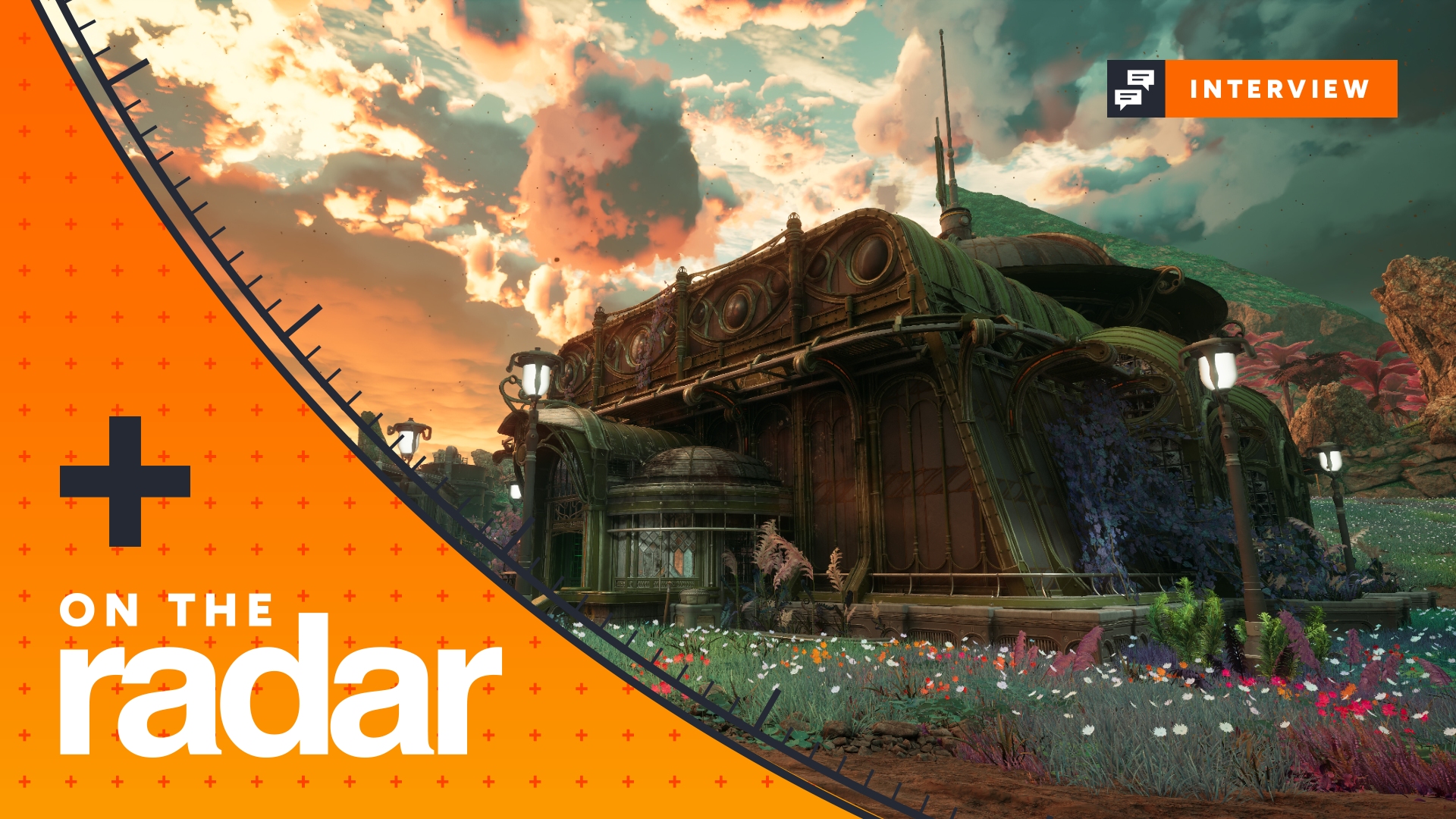
If The Outer Worlds 2 and Fallout: New Vegas were any more alike, there would be a bad Elvis impersonator waiting to welcome you to the Incognito. The parallels run closest in Paradise Island, The Outer Worlds 2's first area: a lush yet war-torn frontier where the cult-like Protectorate resist an invasion by interstellar mega-corporation Auntie's Choice. As in the Mojave Wasteland, the player is something of a wild card who can unleash unspeakable violence upon one side, work toward a more peaceful resolution for another, or sack it all off to go exploring.
Paradise Island's emphasis on factions, adventure, and choices (along with the consequences that come with them) make the area a microcosm of developer Obsidian Entertainment's approach to RPGs. It makes a remarkable first impression, priming you for the game to come whilst offering a sandbox for you to decide what sort of Earth Directorate agent you want to play as.
To dig into The Outer Worlds 2's opening area, I caught up with creative director Leonard Boyarsky and art director Daniel Alpert. The pair are veterans in the RPG veterans. Boyarsky is one of the original creators of Fallout, Alpert worked on Fallout: New Vegas before stepping up as art director for the first Outer Worlds, and they were both part of the team that made Vampire The Masquerade: Bloodlines at Troika Games. All of that is to say: ask for a deep RPG, and they'll be ready with shovels before you can name the genre.
Ready to play your current favorite games? Just power on your ROG Xbox Ally and pick up right where you left off. Whether on console, PC, or cloud, it all syncs effortlessly.
Welcome to Paradise
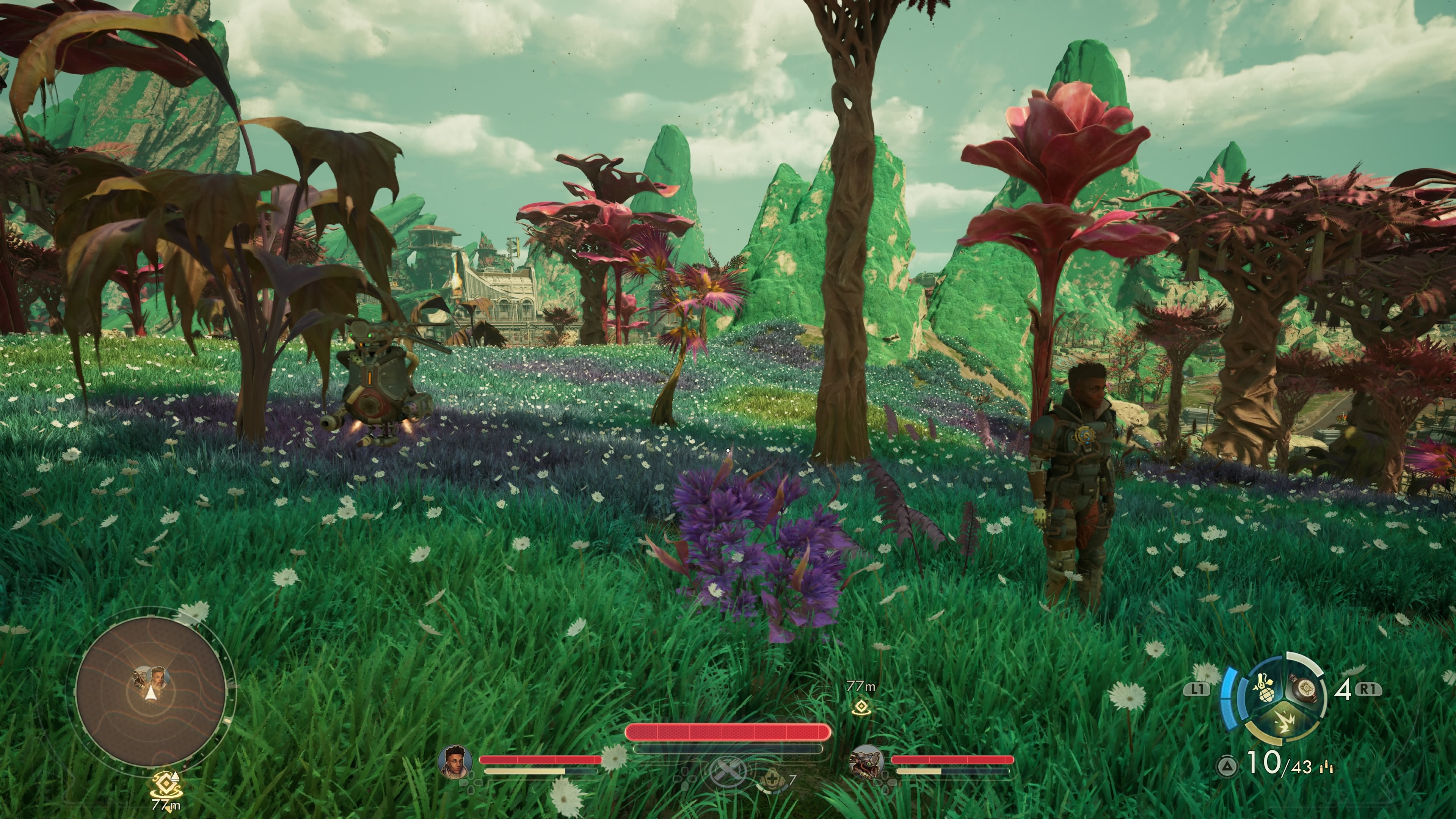
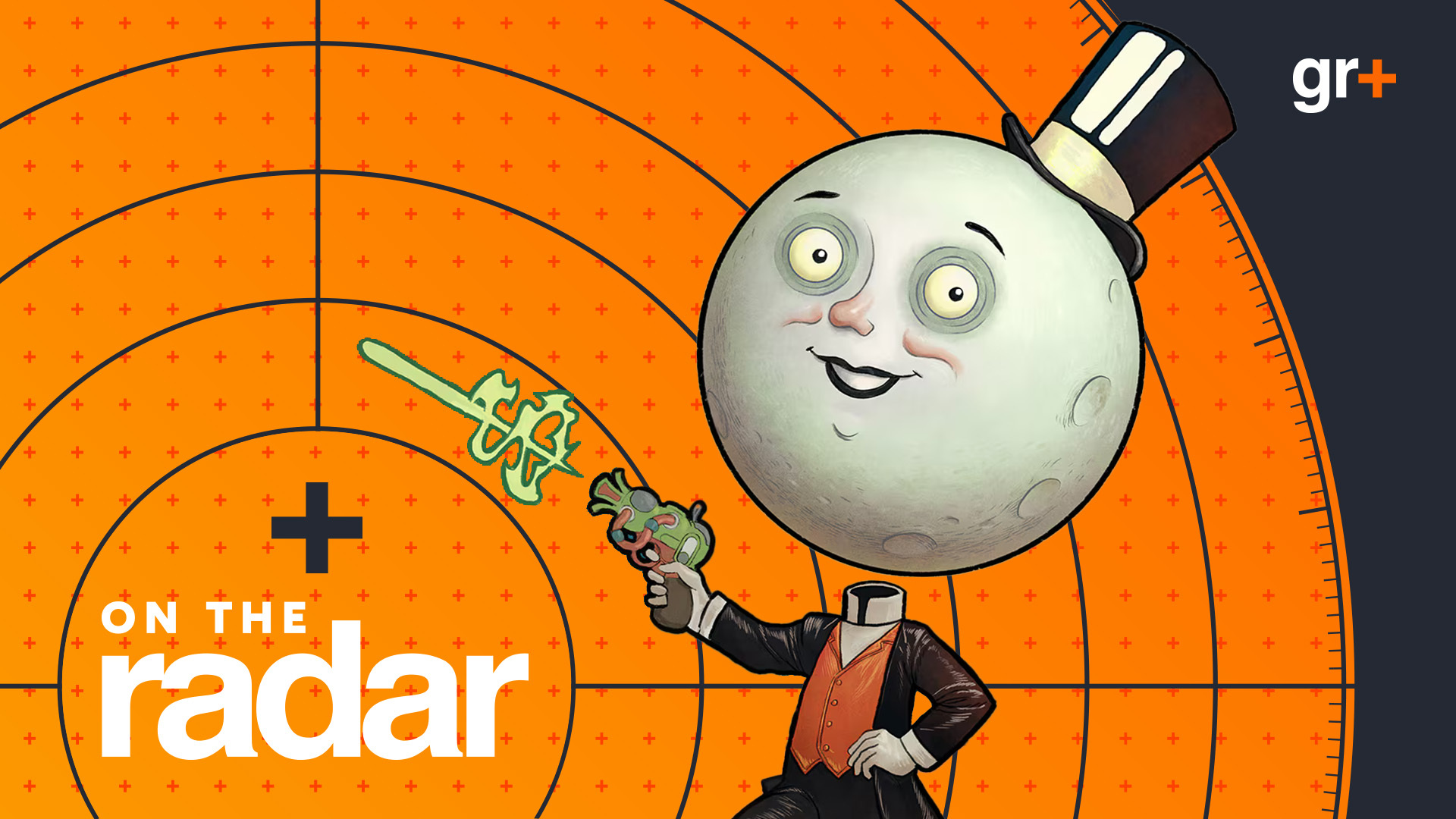
On the Radar with The Outer Worlds 2: Following our review, we go deeper into this RPG must-play – including exclusive access with Obsidian Entertainment.
Compared to the size of Emerald Vale, the opening area for the first Outer Worlds, Paradise Island is almost a game unto itself. There are a wealth of side quests and distractions to take you away from the beaten path, and just as many ways of approaching its main source of inter-faction conflict – the Protectorate-occupied vox relay, a militarized space station that is preparing to launch. It's a reflection of one of Obsidian's biggest goals with The Outer Worlds 2: to take the premise of its predecessor further in nearly every way.
For Boyarsky, Paradise Island is a statement of intent – a chance for The Outer Worlds 2 to put its best foot forward, yes, but also a "no-brainer" opportunity to realize the first Outer Worlds' vision. Boyarsky recalls "cutting corners left and right" on the 2019 RPG, cutting "big, giant chunks out of the game and patching it back together constantly" in order to finish the game and leave it in a polished state.
"We wanted things that had a lot more reactivity, a lot more payoff. We just weren't able to get some of those in there [...] I'm really happy that we were able to deliver the game we did, and that people loved it so much. But in a way, we kind of set ourselves up great for the sequel, because it was like, 'Oh, this is what we wanted to do in the first place. You know, this kind of reactivity, this depth, this size. So in that aspect, I was really pleased with the reaction and how much fans loved it. But at the same time, I didn't feel like we landed what I wanted to really do when we started the game."
On Paradise Island, that growth bears fruit from the moment you land. Alpert explains that the team "started concepting 360 degrees around this [landing pad]," meaning you can see a point of interest – something to spark your curiosity – no matter which way you leave the Incognito. "If you were looking in this direction," he motions, "what do you see? What do you feel? What do you engage in?"
Weekly digests, tales from the communities you love, and more
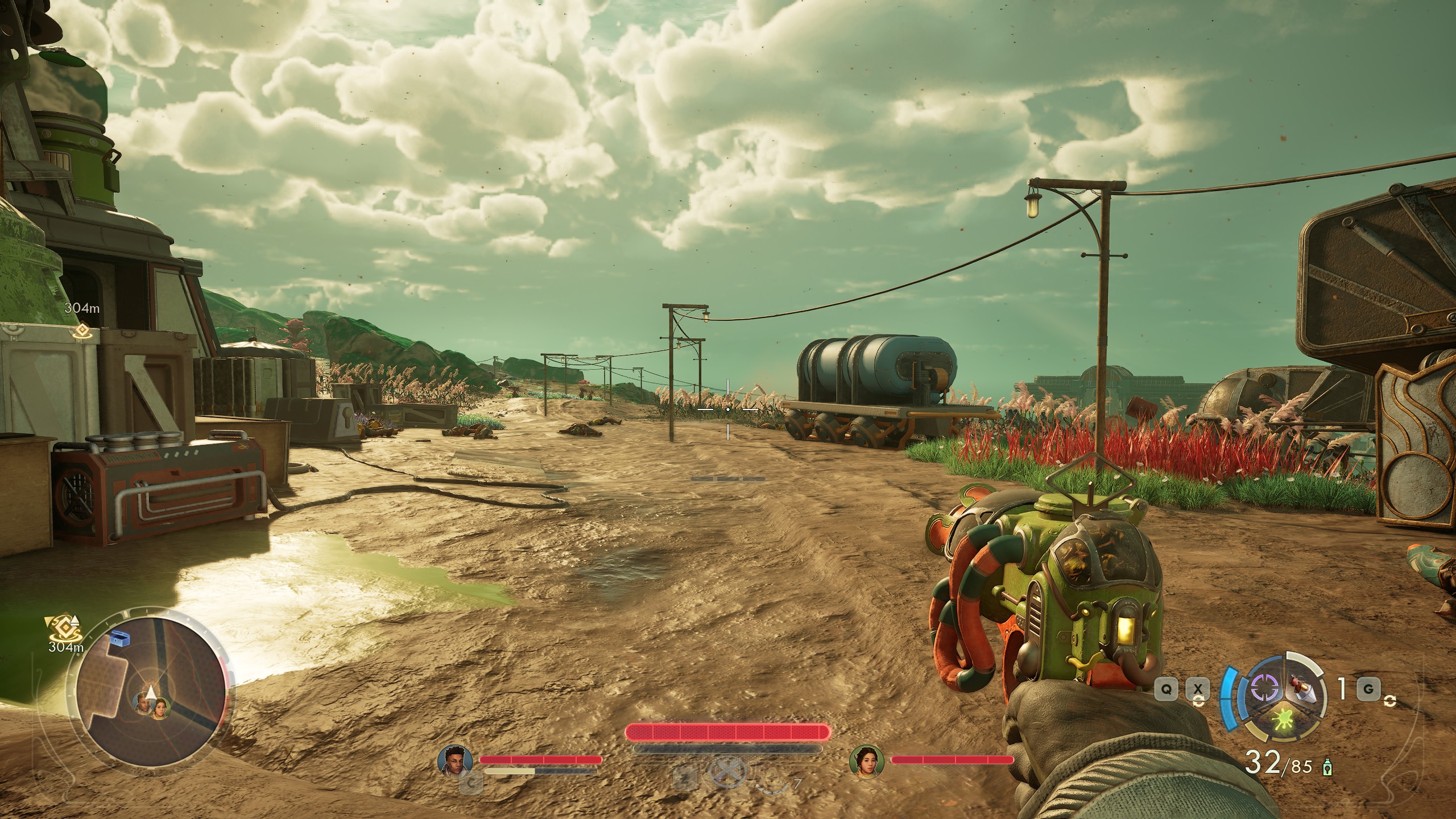
We kind of set ourselves up great for the sequel, because it was like, 'Oh, this is what we wanted to do in the first place
Leonard Boyarsky, creative director
Game director Brandon Adler had very specific goals for Paradise Island's framing. "He wanted to see that endpoint, the vox relay station, calling to the player as much as possible," Alpert recalls. "Brandon was very adamant that we look to New Vegas for how they did factions and the radio and that stuff – and just the depth,"
The station, going back to Fallout: New Vegas again, is Paradise Island's own Lucky 38: a magnet on the horizon, begging players to find a way inside or make one. Many of the quests feed into the vox relay station – sometimes clearly, sometimes less so. Two rivals at Auntie's Choice outline very different plans for seizing the station, for example, while helping a Protectorate loyalist with seemingly-unrelated tasks reveals yet another way forward.
Once inside, the vox relay station feels like someone has smuggled an immersive sim into the game. It's a large, cold interior – picture Dishonored set on the Death Star – with plenty of options for tackling obstacles within, serving as a focal point for the entire area. It pays off to gather clues and information before heading inside, while the choices you make within – no spoilers, sorry! – hammer its climactic finale home.
"We TARDIS in some areas," jokes Alpert, who says that the larger interior of the vox relay is necessary to match the depth of the rest of Paradise Island. "While you're wandering around [the vox relay], you're seeing all of these visual story beats of what the Protectorate might have done to people who they did not feel toed the line," he explains. "You're kind of unravelling the last bits of mystery on the island, related to the vox relay. Who's doing this? Why are they doing this? That takes time to develop, and you need space for that."
Fly me to the moon
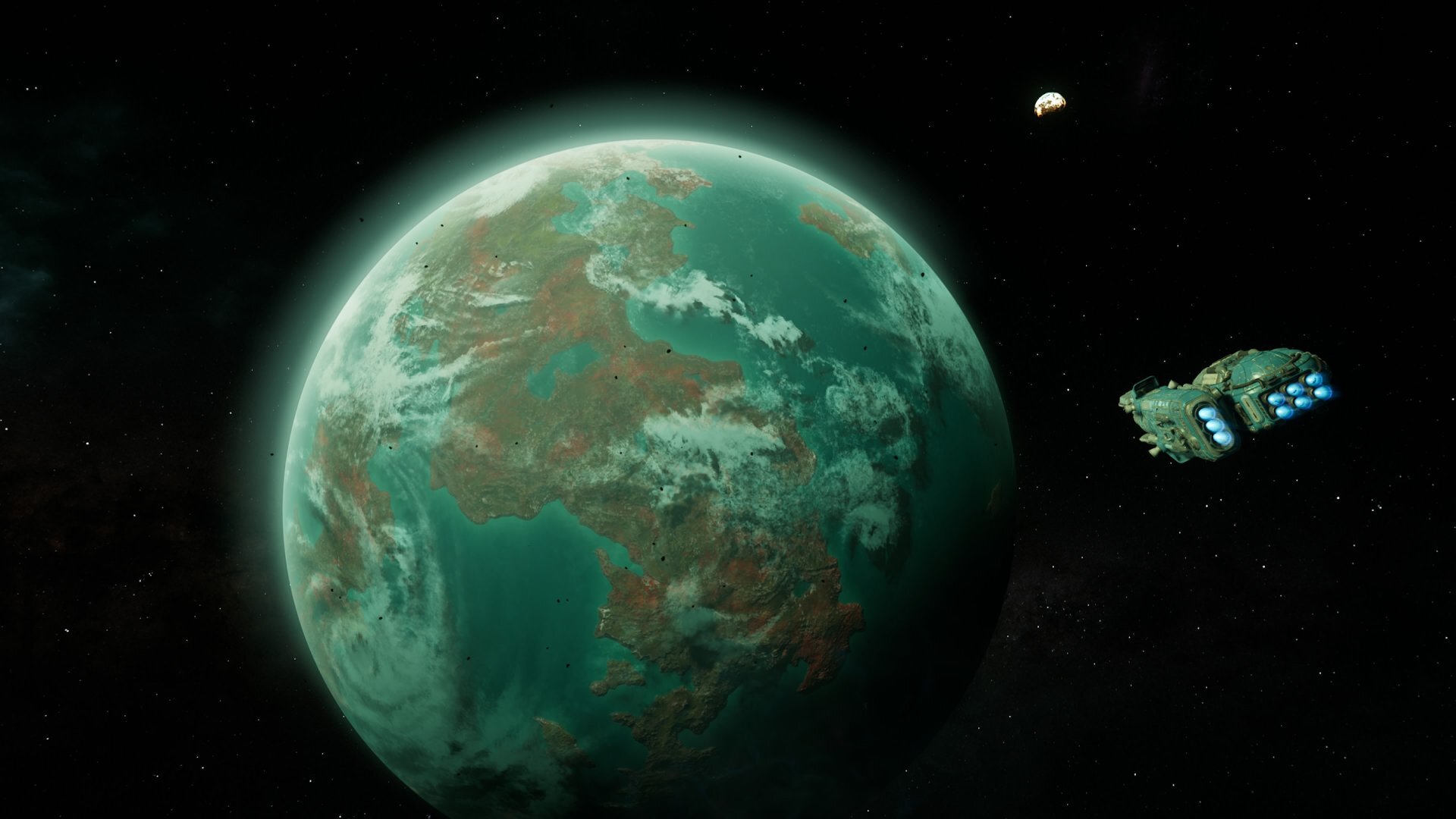
... The first Outer Worlds was a very good experience in terms of like: OK, how are we going to get the Obsidian feel? How are we going to get this hardcore RPG feel with these constraints, and not ship a game that's half finished, which we've done too many times before?
Leonard Boyarsky, creative director
While Paradise Island draws heavily from Obsidian's take on Fallout, the throughlines in both games stem from a broader, foundational approach to RPGs. For Boyarsky, it's about being able to "push things" as far as they can go – all in pursuit of the depth and density you would expect from Obsidian.
"For me personally, [developing The Outer Worlds 2] was kind of like the way I've always made games," says Boyarsky, pointing to his decades of experience in the RPG space. He can trace that drive all the way back to Troika Games' 2001 Arcanum: Of Steamworks and Magick Obscura, which was released just before Alpert joined the studio.
"Arcanum was like our kitchen sink game, where we pushed it as far as you can, and we were so, so young and naive at that point," he adds. "We didn't realize we were creating a game we couldn't have possibly properly tested – we didn't have the time to test it even somewhat properly. Even from back then, me and Tim [Cain, Fallout co-creator] were always about pushing it as far as we could. And again, the first Outer Worlds was a very good experience in terms of like: OK, how are we going to get the Obsidian feel? How are we going to get this hardcore RPG feel with these constraints, and not ship a game that's half finished, which we've done too many times before?"
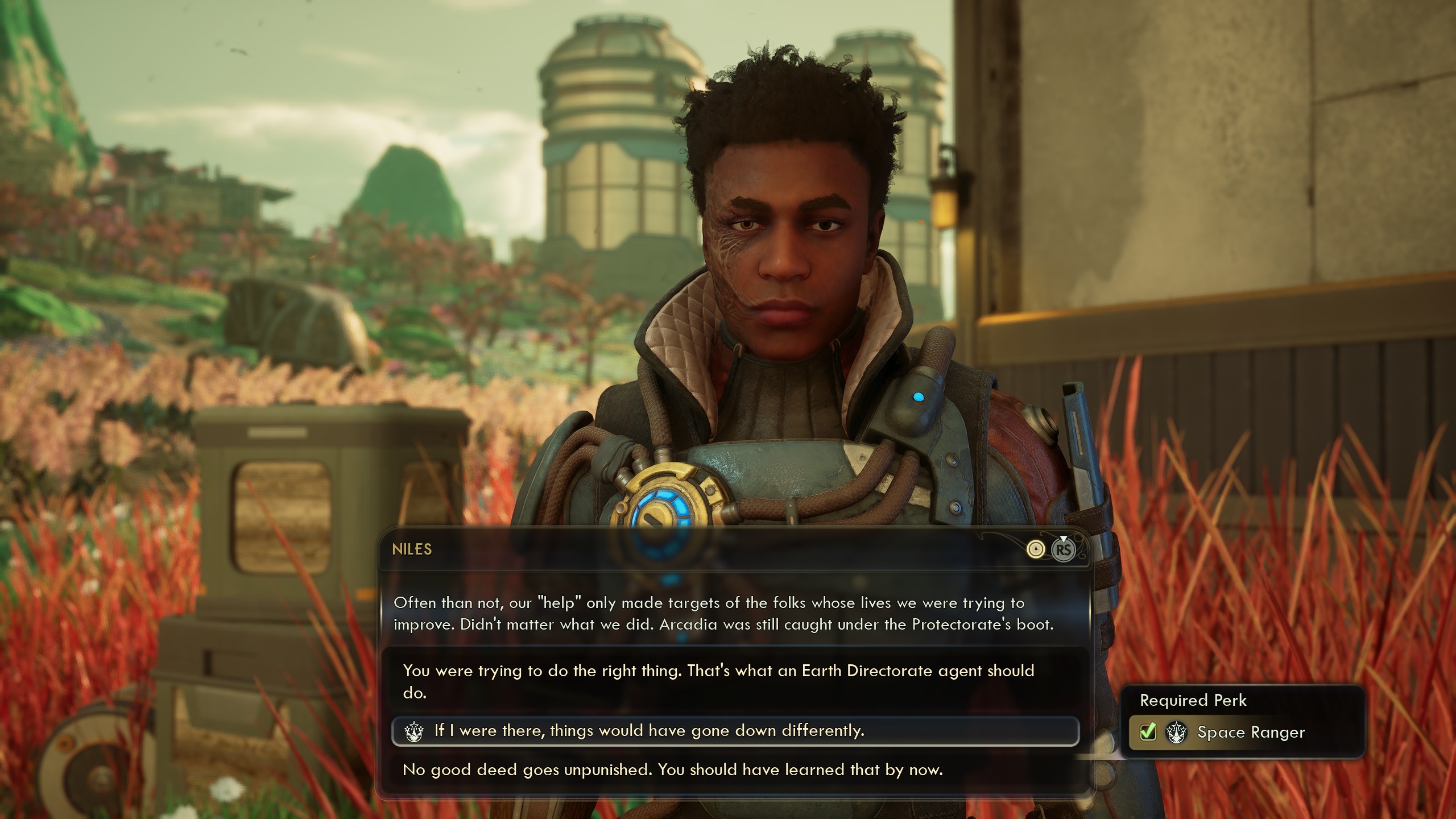
In that regard, Obsidian has nothing to worry about – not counting the weaponized variety, The Outer Worlds 2 is as bug-free as I've seen in a game. But it says a lot about RPG fans that they are often willing to overlook technical slips if it's in the pursuit of something authentic and meaningful, and I've got enough hours in the Xbox 360 version of Fallout: New Vegas to prove it. Paradise Island swims in the same stream, with so many interwebbing choices that you're likely to come away with a sympathy headache for the devs who made it all work. It is, to Boyarsky's point, an effort in pushing something as far as it will go.
"It's part of our DNA, going back to Interplay, going back to Troika and Obsidian from the very beginning," says Boyarsky. Paradise Island, then, is the proof in the Auntie's Choice pudding.
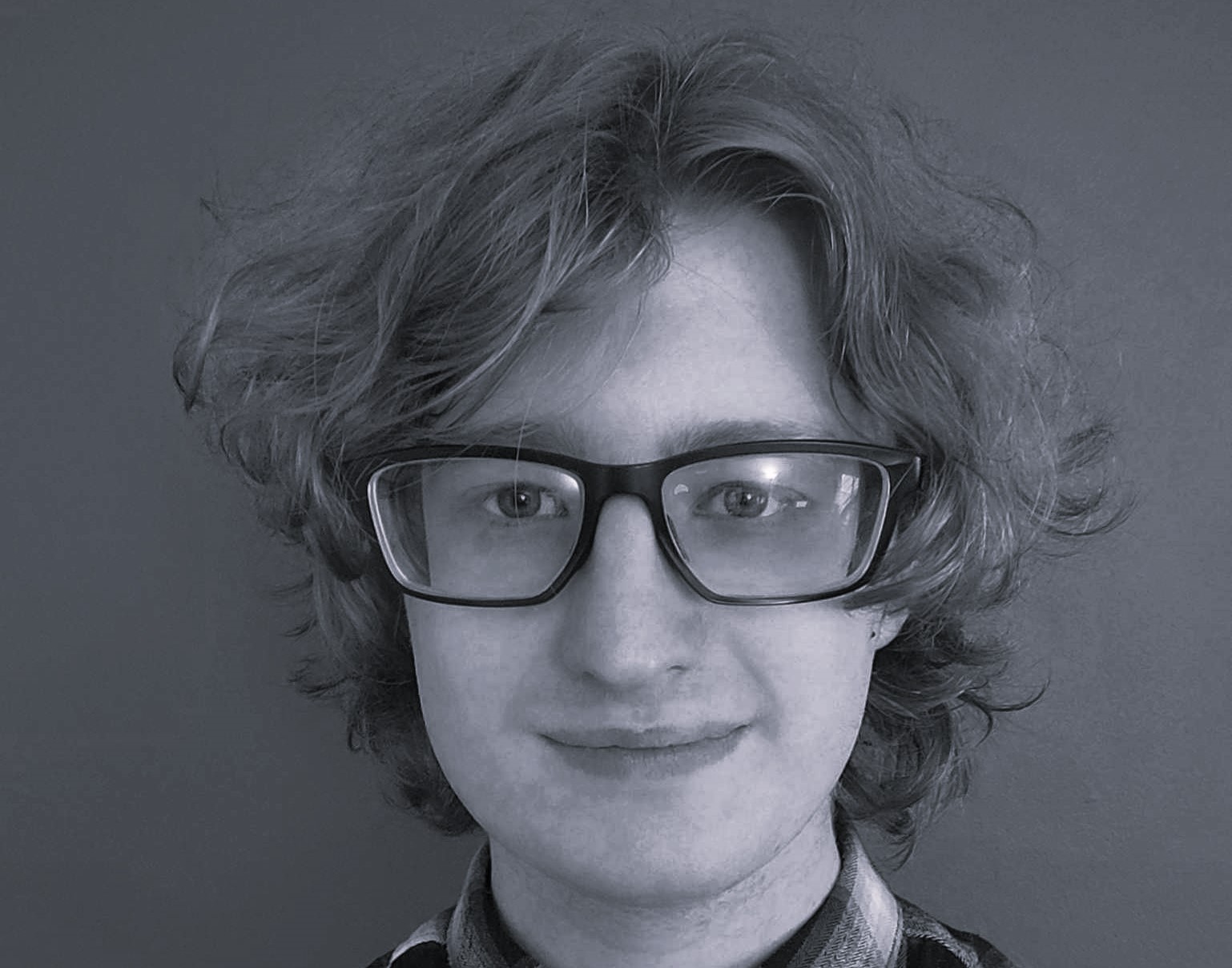
Andy Brown is the Features Editor of Gamesradar+, and joined the site in June 2024. Before arriving here, Andy earned a degree in Journalism and wrote about games and music at NME, all while trying (and failing) to hide a crippling obsession with strategy games. When he’s not bossing soldiers around in Total War, Andy can usually be found cleaning up after his chaotic husky Teemo, lost in a massive RPG, or diving into the latest soulslike – and writing about it for your amusement.
You must confirm your public display name before commenting
Please logout and then login again, you will then be prompted to enter your display name.

